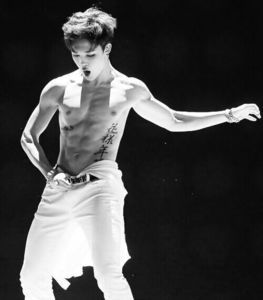18222219
Ventilation
Descripción
Sin etiquetas
Diagrama por Irene Binil, actualizado hace más de 1 año
Más
Menos

|
Creado por Irene Binil
hace más de 5 años
|
|
Resumen del Recurso
Nodos de los diagramas
- Inspiration
- The external inter costal and diaphragm muscles contract.
- This causes the rib cage to move upwards and outwards and the diaphragm to flatten, increasing the volume of the thoracic cavity.
- As the volume of the thoracic cavity increases, the lung pressure decreases.
- Air will always flow from an area of high pressure to an area of lower pressure so air flows down the trachea and into the lungs.
- Inspiration is an active process-it requires energy.
- Expiration
- The external inter costal and diaphragm muscles relax.
- The internal inter costal muscles contract pulling the rib cage further down and in. During this time the movement of two sets of intercostal muscles are said to be antagonastic.
- The volume of the thoracic cavity decreases, causing the air pressure to increase.
- Air is forced down the pressure gradient and out of the lungs.
- Normal expiration is a passive process - it doesn't require energy.
¿Quieres crear tus propios Diagramas gratis con GoConqr? Más información.
